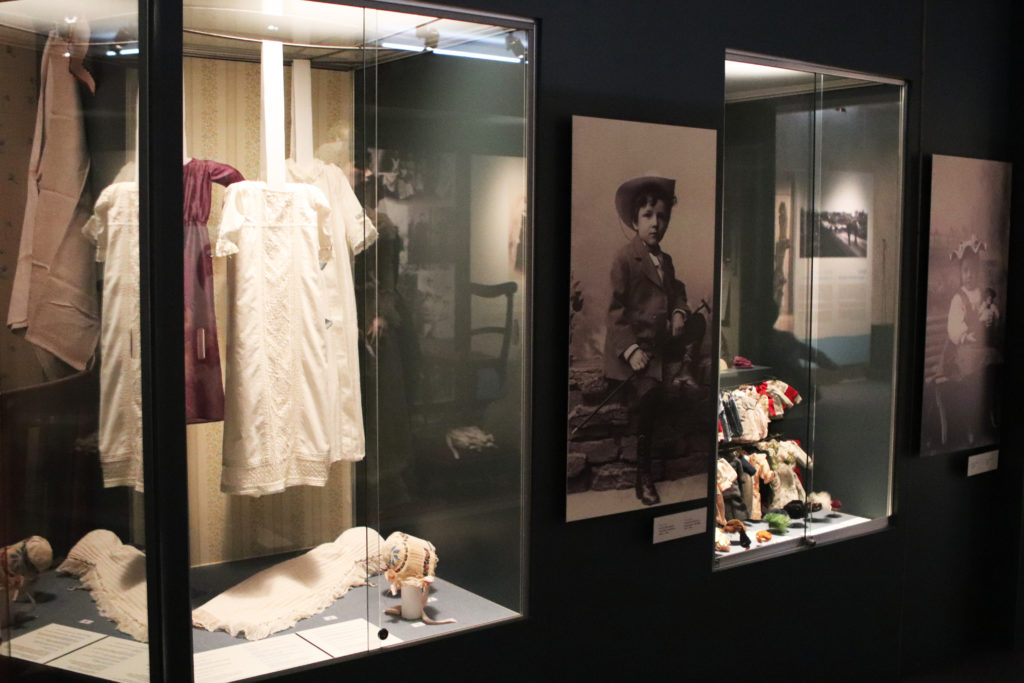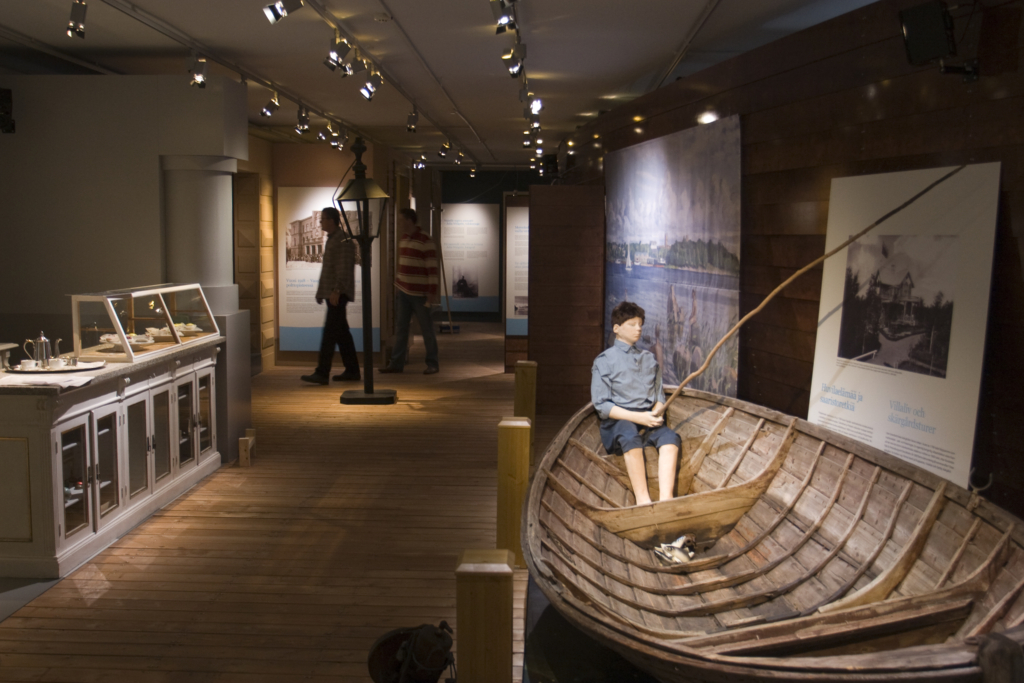Vaasa 400 - tales of a city
Permanent exhibition
Vaasa 400 takes visitors on a journey through the city’s 400-year-long history. The exhibition is permanently on display on the ground floor of the Ostrobothnian Museum. It was opened in 2006, on the 400th anniversary of the foundation of the City of Vaasa.
The story begins with the founding of the city in 1606 and ends in events of the recent past. The exhibition highlights events and circumstances that have shaped the society, administration, education, livelihood and everyday life of the people as well as festivals and celebrations. The visitor is also provided with some food for thought on the role of women in society.
From the lifestyle of inhabitants of the city and witch hunts in the 17th century the story goes on to the 18th century, the era of enlightenment, which in Vaasa was manifested in education and the construction of the Court of Appeal. The Old Vaasa era ended in a devastating fire in 1852. After the newly built ‘Nikolaistad’ had been established, shipping, trade and industry became increasingly important sources of income for the city’s inhabitants.
The exhibition displays an extensive range of Ostrobothnian folk art: beautifully painted furniture and products by Ostrobothnian glass and ceramics factories. There is an example of a house interior on the archipelago island of Björkö, and the reconstructed interiors of a burgher’s home and the home of a factory worker depict the living conditions of the city’s inhabitants. The exhibition also highlights the summer cottage tradition – a feature of the region. In the last exhibition room changes in Vaasa’s cityscape and town plan are shown by means of photographs and scale models. Or if you would like to sit down for a moment, you can watch old publicity films depicting the earlier stages of the city.


